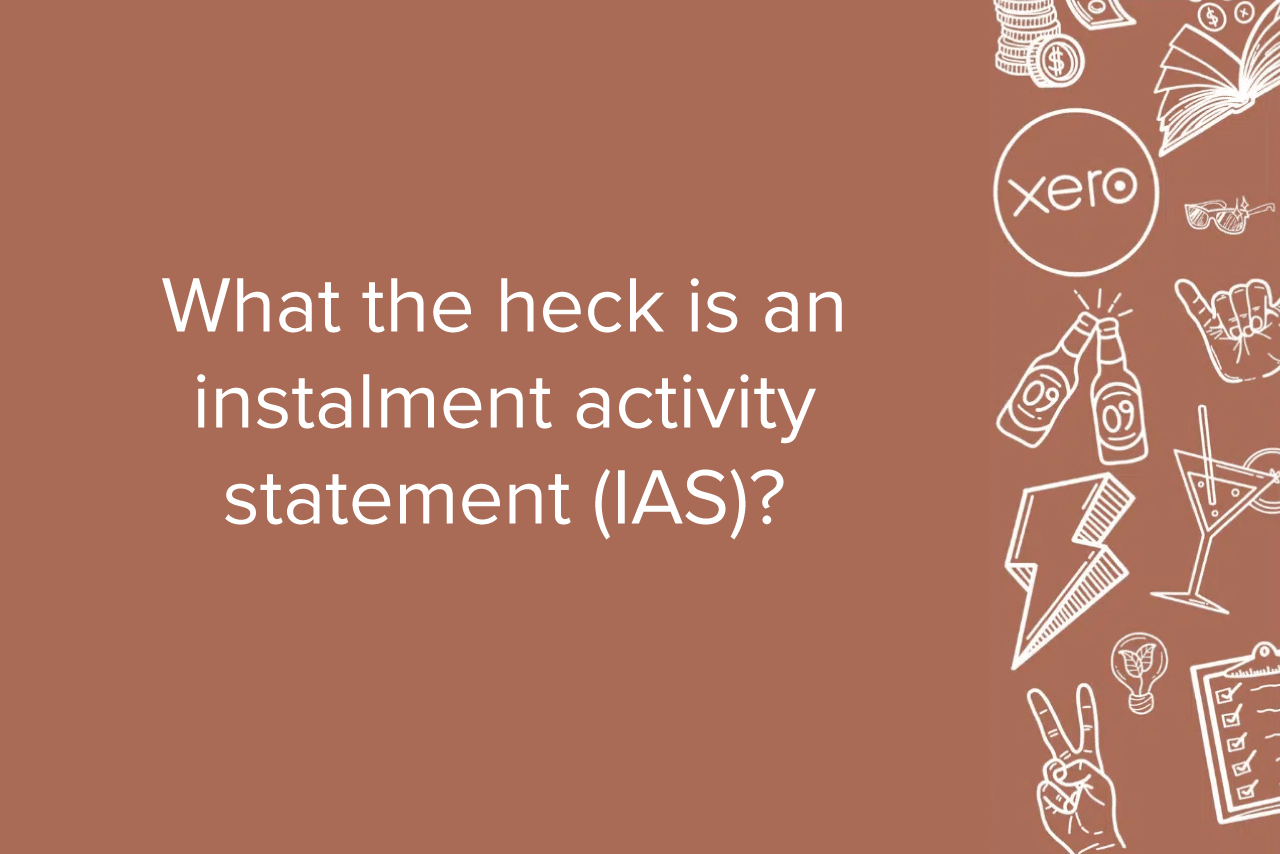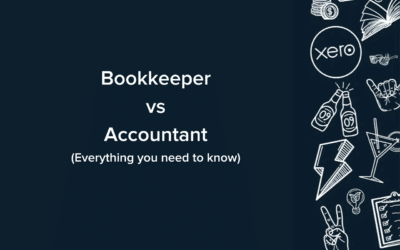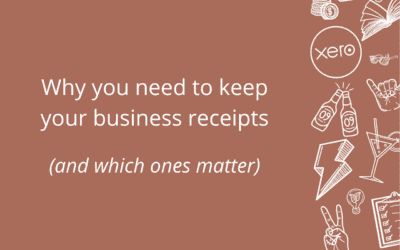If you feel like financial folk are speaking another language sometimes, you’re not the only one. The good ole ATO loves an acronym (to make everyone’s day just that smidge more difficult 😅) and IAS is no exception.
So, what the flippin’ heck is IAS? Besides being one of our most popular FAQs, IAS stands for Instalment Activity Statement. An Instalment Activity Statement is a tax document used in Australia by businesses and individuals who pay tax in instalments.
Now you might be thinking, “Another statement Sum?! This sounds suspiciously like a Business Activity Statement (BAS).” If your head is spinning with acronyms right now, I don’t blame ya. So let me clear things up. Here’s how IAS differs from BAS and how to know which matters for your business.
What’s the difference between IAS and BAS?
IAS is a document that reports the amount of tax owed for a particular period. To really make it confusing there are a few different IAS’s but we are going to focus on the main one we see for our clients. They are usually issued monthly ( more on this below 😉) and are used to make payments on your PAYG withholding (PAYG-W).
As a business, if you withhold over $25,000 in PAYG-W (tax obligations related to your employees’ personal income AKA wages) per year, you’re required to pay this to the ATO on a monthly basis in an instalment activity statement (IAS), instead of quarterly like your BAS.
Here’s a quick video to break it all down for you.
While IAS is focused primarily on paying PAYG-W instalments, BAS is a more comprehensive tax document that covers a range of taxes, like:
- Goods & Services Tax (GST)
- Pay-as-you-go instalments (PAYG-I) – tax obligations related to your business income
- Pay-as-you-go withholding (PAYG-W) – tax obligations related to your employees’ personal income (if you withhold less than $40,000 per year)
To find out more about Business Activity Statements (BAS), you can check out this blog I whipped up a lil earlier.
How do I lodge my IAS?
You have a few options when it comes to lodging your IAS.
- Hire a bookkeeper to do it for you
- Do it through your online accounting software (we use Xero)
- Individuals and sole traders can use myGov
- Businesses and other organisations can use the ATO’s online services for business
What are the IAS due dates?
Don’t worry about having these dates ingrained in your brain – just add them to your calendar as a reminder to get your sh*t organised.
If you’re required to lodge your IAS monthly – because you withhold over $25,000 in PAYG-W per year – your IAS is due on the 21st of each month. EG. Jan due the 21st of Feb. EXCEPT for the last month of the quarter. This one will slip into your BAS.
EG
January is an IAS which is due on the 21st February
February is an IAS which is due on the 21st March
March will be BAS due on the 21st April (If you use a Bookkeeper/Accountant you get an extension)
April is back to IAS which is due on the 21st of May
May is an IAS whichis due on the 21st of June
June will then be a BAS.
Are you feeling just a *smidge* overwhelmed by IAS? We’ve got your back. Book a virtual beer with us and chat all things IAS statements for dummies here
Get out of your books and into a cool car or something

Hey good-bookin’, whatcha got cookin’?
Thrilling Privacy Policy | Mind-Blowing Terms and Conditions © 2021 OH NINE. All Rights Reserved.
Copy created by Readcity Writing | Website by Elise McGregor




